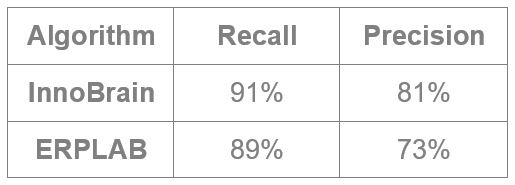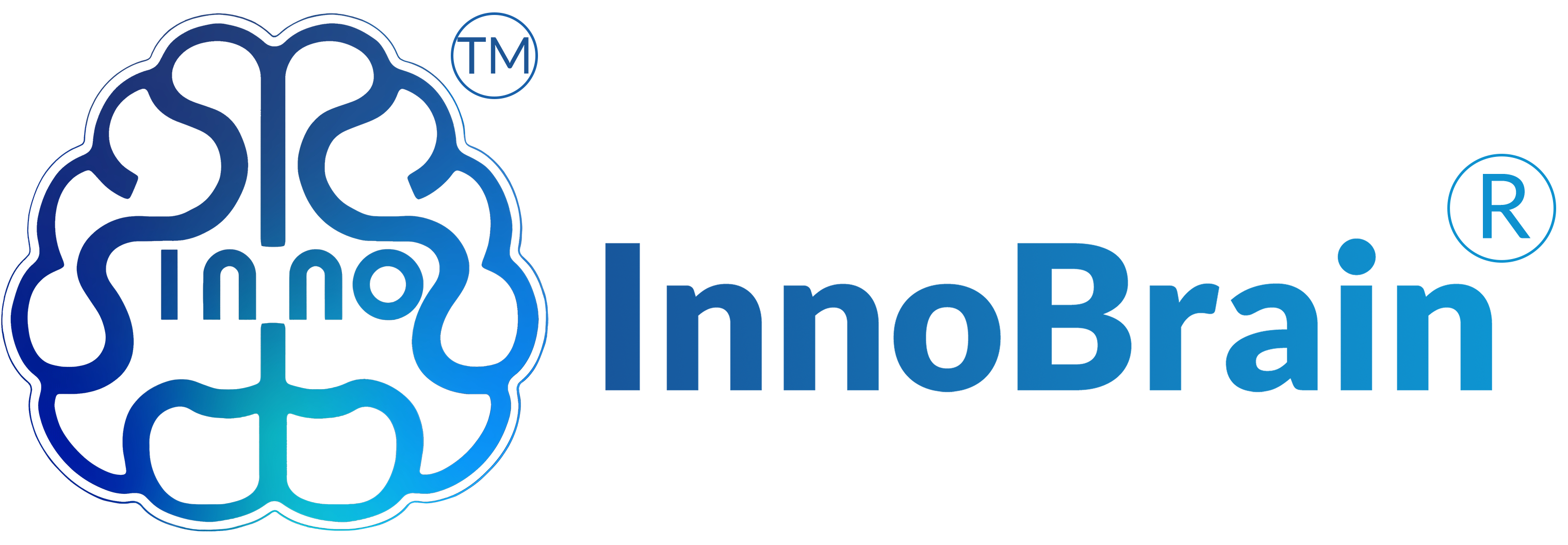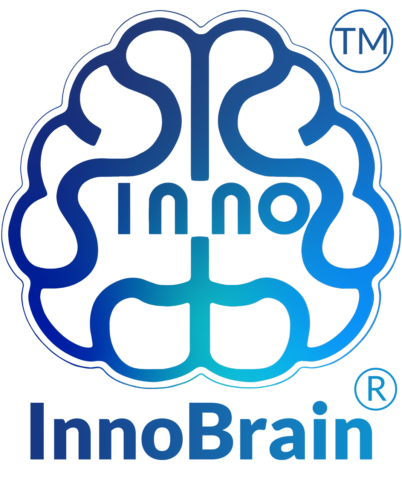EEG Analysis with Real-Time Noise and Artifact Rejection
Understanding the brain has never been easier—or more accurate. Our platform’s latest breakthrough brings real-time noise and artifact detection and rejection to EEG analysis, ensuring cleaner, more reliable data for researchers and practitioners alike. Whether you’re a seasoned EEG technician or just starting, this feature enables you to monitor and improve signal quality effortlessly.
Why Managing Artifacts in EEG Matters
EEG (Electroencephalography) is one of the most powerful tools for studying brain activity, but it’s challenging. Noise—signal interference not originating in the brain—can distort results and obscure critical neural patterns.
Common Sources of EEG Noise
- Eye movements and blinks (ocular artifacts)
- Muscle activity (e.g., jaw clenching)
- Environmental interference (e.g., power line noise)
- Motion artifacts
These unwanted signals often have higher voltages than true brain activity, making it difficult to detect subtle neural differences. With proper noise management, researchers can avoid misinterpreting data, leading to accurate conclusions.
The InnoBrain Artifact Rejection Algorithm
The InnoBrain Cleaning Algorithm is specifically designed to address the challenges of artifact detection and rejection. Unlike traditional offline tools like ERPLAB (an EEGLAB plugin), which requires expert knowledge and extensive parameter adjustments, our solution operates seamlessly in real-time. It identifies and removes noise automatically as it occurs, without requiring manual intervention or prior expertise.
In scientific experiments and research, artifact detection and management are critical phases for ensuring reliable data. With our algorithm, this essential step can now be integrated directly into the EEG recording process, allowing for real-time artifact handling. This not only improves data quality but also significantly reduces the time and effort required for post-recording analysis.
Artifact rejection may seem straightforward, but it presents significant challenges in practice. EEG recording sessions typically last between 30 to 45 minutes, meaning the available time to capture meaningful brain activity is limited. Ensuring that the majority of noise is accurately identified and removed is critical for maintaining data quality. However, achieving this without introducing a high false positive rate is equally important. False positives—instances where genuine brain signals are mistakenly classified as noise—can result in the systematic deletion of valuable neural data. This not only compromises the integrity of the dataset but also risks eliminating subtle, yet critical, brain activity patterns necessary for accurate analysis. Balancing effective noise removal with the preservation of authentic brain signals is therefore a complex and essential requirement for any artifact detection system.
How Does It Perform? A Head-to-Head Comparison
To ensure the accuracy of our algorithm, we conducted a rigorous comparative analysis against ERPLAB, one of the most trusted offline noise detection tools.
Study 1: Consistency Analysis
For our analysis, we selected a dataset consisting of 20 EEG recordings, each with 19 channels and a duration of approximately 20 minutes. To ensure comparability between methods, the recordings were divided into one-second epochs. Both the InnoBrain algorithm and ERPLAB were applied to this dataset. For ERPLAB, the parameters were meticulously configured by an expert to optimize artifact detection, ensuring it operated under ideal conditions. This comparison allowed us to evaluate the performance of our real-time algorithm against a highly fine-tuned offline benchmark.
The results showed a 78% consistency between the two approaches, highlighting the reliability of our algorithm. This means that in 78% of cases, both methods agreed on whether a specific channel within an epoch exhibited a high signal-to-noise ratio (SNR) or contained artifacts. These findings validate the effectiveness of our real-time algorithm in achieving results comparable to a leading offline solution.
Study 2: Precision and Recall Evaluation
Using a dataset of 3,800 expertly labeled EEG recordings, we compared the two algorithms based on recall (ability to detect all noise) and precision (accuracy in distinguishing true noise from brain signals). Our algorithm outperformed ERPLAB, achieving higher recall and precision, while maintaining real-time capabilities. This ensures fewer false positives and a more accurate analysis of brain signals.

The following figure compares the performance of the two algorithms over five epochs, with InnoBrain displayed on the left and ERPLAB on the right. Red signals indicate regions identified as noisy by each algorithm. The comparison reveals fewer false positives in the InnoBrain plot; for example, in the ERPLAB plot (right), the FP1 channel in epochs 129 and 130 is incorrectly flagged as noisy despite being clean. Additionally, the InnoBrain algorithm demonstrates a higher number of true negatives. This is evident in epoch 127, where channels C4 and T4 are correctly identified as noisy in the InnoBrain plot but are misclassified in the ERPLAB plot. These observations highlight the improved precision and recall of the InnoBrain artifact rejection algorithm.

